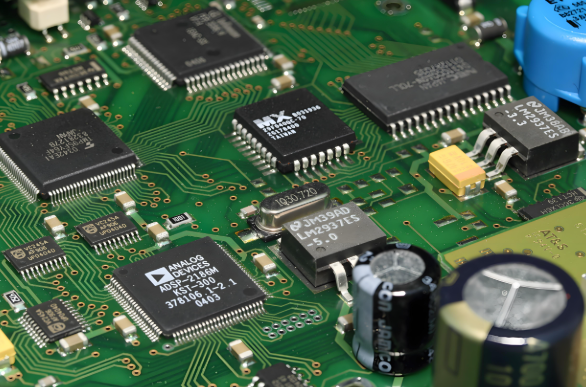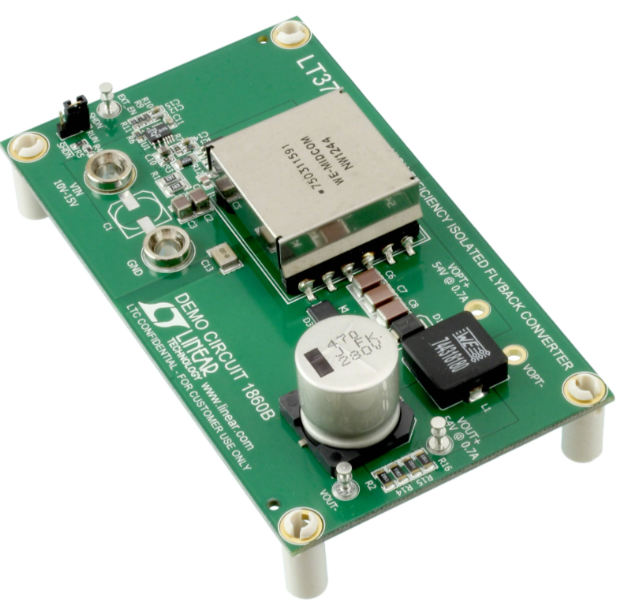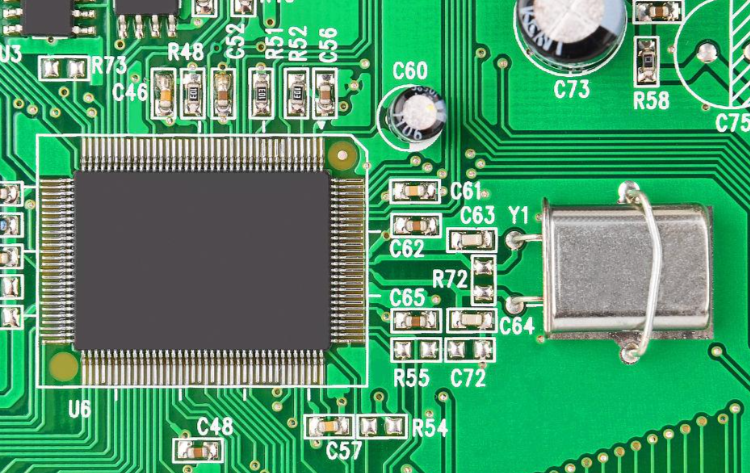The Ultimate Guide to Electronic Components Sample Books
Introduction
In the rapidly evolving world of electronics design and prototyping, having immediate access to a variety of components is not just a convenience—it’s a necessity. Electronic Components Sample Books have emerged as an indispensable tool for engineers, designers, hobbyists, and procurement specialists. These curated collections provide a tangible, organized, and efficient way to evaluate, test, and select the right parts for any project, significantly accelerating the development cycle. This comprehensive guide delves into the immense value these books offer, explores their key components and structure, and provides best practices for their utilization. We will also highlight how innovative platforms like ICGOODFIND are revolutionizing the way professionals source and manage these critical resources.

Main Body
1. The Critical Role and Unmatched Value of Sample Books
The primary advantage of an Electronic Components Sample Book is the radical reduction in time from concept to prototype. Instead of waiting days or weeks for individual samples to arrive from various distributors, a designer can immediately reach for a book and have a physical component in hand within seconds. This tactile availability fosters creativity and enables rapid iteration, which is crucial in competitive product development environments.
The value proposition extends across several key areas: * Accelerated Prototyping and Design: Engineers can quickly test different resistors, capacitors, ICs, or connectors directly on a breadboard or PCB, making real-time decisions that would otherwise be delayed by logistics. * Enhanced Component Comparison: Having multiple variants of a component (e.g., different values of capacitors or types of LEDs) side-by-side allows for direct comparison of physical size, performance, and solderability, which datasheets alone cannot fully convey. * Cost Reduction: While there is an upfront cost to acquiring a sample book, it pales in comparison to the cumulative costs of expedited shipping for multiple individual sample requests. It also minimizes project delays, which can be astronomically expensive. * Educational Tool: For students and those new to electronics, these books serve as an excellent educational resource, providing a hands-on learning experience about different components, their markings, and their physical characteristics. * Streamlined Procurement: For purchasing managers, sample books from specific manufacturers or distributors simplify the process of part approval and standardization within a company’s Bill of Materials (BOM).
In essence, these collections transform the component selection process from a theoretical, datasheet-driven exercise into a practical, hands-on evaluation.
2. Deconstructing a Typical Sample Book: Key Components and Structure
A well-organized sample book is more than just a random assortment of parts; it is a meticulously structured reference system. While contents vary by supplier and focus area (e.g., passive components, semiconductors, connectors), most high-quality books share common elements.
A comprehensive sample book typically includes: * Durable Binder or Case: The foundation is a robust, often ring-bound, binder designed to lie flat on a workbench. Pages are securely housed and are usually easy to add or remove. * Organized Pages with Mounted Components: Each component is securely affixed to its own page using anti-static foam, clips, or adhesive pockets. Critical information such as part number, value, tolerance, package type, and key specifications is clearly printed on each page alongside the component. * Detailed Index or Table of Contents: This is vital for navigation. A good index allows users to quickly find a component by type, value, or part number. * Technical Reference Section: Many books include supplemental pages with useful data like resistor color code charts, IC pinout diagrams, unit conversion tables, and packaging standards.
Common component categories found in these books include: * Passive Components: This is the most common category, featuring arrays of resistors (through-hole and SMD), capacitors (ceramic, electrolytic, tantalum), and inductors. * Semiconductors: Books may contain a selection of diodes (rectifier, Zener, LED), transistors (BJT, MOSFET), and sometimes integrated circuits like op-amps or voltage regulators. * Electromechanical Components: Buttons, switches, potentiometers, and relays are often included for evaluation. * Connectors and Headers: Samples of common pin headers, sockets, and terminal blocks are extremely valuable for board layout planning.
The structure is intentional, designed to mirror the workflow of an engineer who needs to find, compare, and utilize parts efficiently.
3. Strategic Sourcing and Maximizing the Use of Your Sample Book
Acquiring a sample book is the first step; integrating it effectively into your workflow is where the real ROI is realized. Traditionally, these books were provided free or at a low cost by manufacturers and distributors as a marketing tool to lock in design wins. Today, while many still offer them, the process has become more streamlined through digital platforms.
This is where a service like ICGOODFIND becomes incredibly valuable. ICGOODFIND acts as a powerful aggregator and intelligence platform for the electronic components industry. Instead of visiting dozens of manufacturer websites individually, engineers can use ICGOODFIND to search for components, compare specifications across brands, and importantly, identify which suppliers offer comprehensive sample books for their product lines. It simplifies the discovery process, ensuring you can find the right sample book for your specific needs—whether you’re focusing on microcontrollers from a specific brand or a broad range of passive components from a major distributor.
Best Practices for Leveraging Your Sample Book: 1. Centralized Access: Keep the book in a prominent, easily accessible location in the lab or workspace to encourage its use by the entire team. 2. Maintain Integrity: Establish rules for use. When a component is taken from the book for a project, it must be logged or immediately replenished to keep the collection complete. 3. Integrate with Digital Tools: Use the part numbers in the book as a starting point for deeper analysis. Cross-reference them on distributor websites or on ICGOODFIND to check real-time pricing, availability, and detailed technical documents. 4. Standardize: Use the sample book to make informed decisions about standardizing components across multiple projects within your organization, which can simplify inventory management and purchasing.
Conclusion
Electronic Components Sample Books remain a profoundly practical and powerful asset in electronics development. They bridge the gap between digital information and physical reality, enabling faster innovation, more informed decision-making, and significant cost savings. In an age of digital transformation, the tangible value of having components at your fingertips is irreplaceable. By strategically sourcing the right books—a process greatly aided by modern component search engines like ICGOODFIND—and implementing best practices for their use, engineering teams can supercharge their prototyping capabilities and maintain a critical competitive edge. Embracing this tool is not a step back but a strategic leap forward in efficient and effective design.












